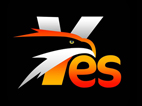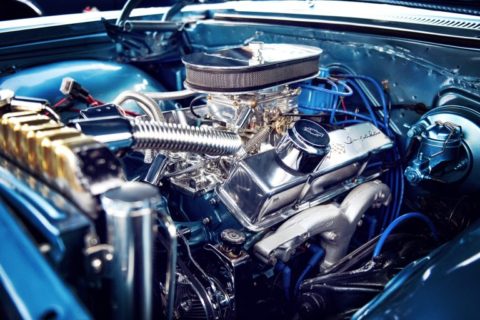Engine Repair and Diagnostics is a specialized area in automotive mechanics that focuses on identifying and resolving issues within a vehicle’s engine. This field involves the following key activities:
1. Diagnostics and Troubleshooting:
• Diagnostic Tools: Use specialized diagnostic tools such as OBD-II scanners, multimeters, and compression testers to read error codes and identify the source of engine problems.
• Check Engine Light: Investigate why the check engine light is on and interpret diagnostic codes from the vehicle’s onboard computer (ECU).
• Visual Inspection: Perform visual inspections of engine components such as belts, hoses, and seals for wear or leaks.
• Listening and Testing: Listen for unusual engine noises like knocking, misfiring, or rattling, and conduct tests (e.g., compression and leak-down tests) to assess engine health.
2. Engine Components Repair:
• Cylinder Head Work: Repair or replace the cylinder head, which may involve valve adjustments, resurfacing the head, or replacing head gaskets.
• Piston and Rings: Replace or repair damaged pistons and piston rings, which are crucial for maintaining engine compression.
• Timing Belt/Chain Replacement: Replace worn-out timing belts or chains that control the synchronization of the engine’s valves and pistons.
• Crankshaft and Bearings: Inspect and repair crankshafts, bearings, and other internal components to ensure proper engine function.
• Valves and Valve Train: Repair or replace valves, lifters, camshafts, and other valve train components that affect engine performance.
3. Engine Overhaul and Rebuilding:
• Engine Rebuild: Perform a full engine rebuild if the engine is severely damaged or worn. This involves disassembling the engine, cleaning parts, replacing worn components (such as pistons, bearings, and gaskets), and reassembling it.
• Resurfacing Components: Machine engine components (such as the block or cylinder head) to ensure they are flat and have no cracks or warping.
• Boring and Honing Cylinders: Bore out cylinders to restore them to proper dimensions, then hone them to ensure a smooth surface for new piston rings.
4. Fuel and Air Systems Repair:
• Fuel Injectors: Clean or replace clogged or malfunctioning fuel injectors that affect fuel delivery to the engine.
• Intake Manifold: Repair or replace the intake manifold, which is responsible for distributing air into the engine’s cylinders.
• Throttle Body: Clean or replace the throttle body to ensure proper air intake and acceleration response.
• Turbochargers and Superchargers: Repair or maintain forced induction systems like turbochargers or superchargers to improve engine power and efficiency.
5. Cooling System Maintenance:
• Radiators and Coolant: Repair or replace the radiator, water pump, and thermostat to prevent engine overheating.
• Coolant Leaks: Identify and fix leaks in the cooling system that could lead to overheating and engine damage.
6. Exhaust System Repair:
• Exhaust Manifold: Repair or replace cracked or damaged exhaust manifolds that could cause exhaust leaks and affect engine performance.
• Catalytic Converter: Ensure the catalytic converter is functioning properly to reduce emissions and maintain engine efficiency.
7. Engine Sensors and Electronics:
• Sensors: Diagnose and repair faulty engine sensors, such as the oxygen sensor, mass airflow sensor, and crankshaft position sensor, which affect engine performance and fuel efficiency.
• ECU (Engine Control Unit): Reprogram or replace the ECU if there are issues with engine management or faulty engine codes.
8. Performance Tuning and Upgrades:
• Performance Parts: Install high-performance parts such as camshafts, pistons, or cylinder heads to enhance engine output.
• ECU Tuning: Reprogram the vehicle’s ECU for performance optimization or after installing aftermarket parts.
9. Fluid and Lubrication System:
• Oil Change and Filters: Perform oil changes and replace oil filters to keep the engine properly lubricated and free from debris.
• Oil Leaks: Detect and repair oil leaks from gaskets, seals, or other engine components.
10. Test-Driving and Final Checks:
• Test Drive: After repairs, perform test drives to ensure the engine is running smoothly, and no issues remain.
• Final Diagnostics: Re-check the engine using diagnostic tools to confirm the problem has been resolved.
Key Skills Involved:
• Proficiency in using diagnostic tools and engine scanning equipment.
• Deep understanding of engine components and how they function together.
• Ability to read technical manuals, engine diagrams, and service bulletins.
• Precision in disassembly, repair, and reassembly of intricate engine parts.
• Critical thinking and problem-solving to identify and fix engine-related issues efficiently.

